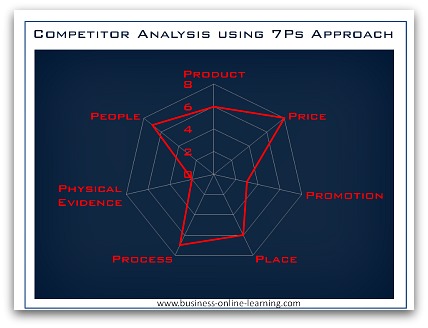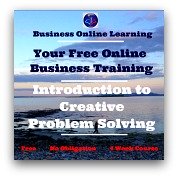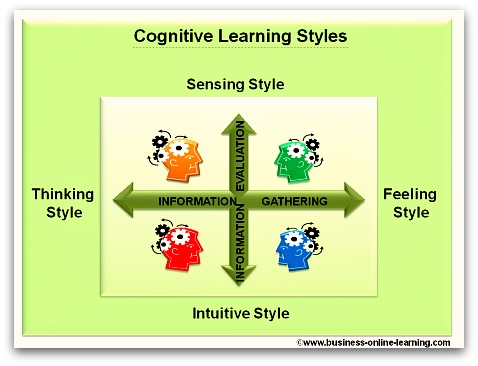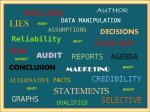Free Competitor Analysis Template
At the end of this page you will find a free Competitor Analysis Template. But first some guidelines on how to carry out such an analysis.
What Is A Competitor Analysis?
A Competitor Analysis is an appraisal of the current and potential issues to do with the competitors within a defined market of a business.
Why Do A Competitor Analysis?
Well, in business, you have to make a lot of decisions, some of which are make-or-break decisions. These decisions are entirely dependent on the information you have when you are making those them.
Logically, gathering the best information you can, will only lead to improved decision making.
Now, information can cost time and money, but what you invest before you make your decisions will save you the tenfold afterwards, if you have to correct a wrong decision and end up having to sort out a huge mess.
Where better to get key information, but by looking at what the main competitors to your business are doing. Why invent the wheel again?
Look for key decisions they have made – and learn from their mistakes or build on their successes. It’s pure logic.
How To Do A Competitor Analysis
There is a variety of techniques you can use – all of them are simple frameworks that help you categorise your questions and to ensure you get a rounded picture. It is the degree of your research and founded information that will make for a valuable competitor analysis.
One of these approaches – and the most usual is the 7Ps approach that looks as follows:
This web diagram shows the results of comparing the differences. These are achieved by rating your key issues, a rating for your business against a rating for your competitors business. It can be done easily in an excel file and a web diagram made from the sum total results from each area.
It will have it's benefits if you are presenting the information to others as it gives a clean overview visual that is easily understood by all.
From this sample graph, you can read that while pricing can be compared favorably, the areas of promotion and physical evidence are in need of improvement.
Framework for a Competitor Analysis
I have used the basis of the 7Ps approach to form a framework for a Competitor Analysis.
This can be used as it is - or added to, depending on what your analysis needs.
It uses the categories
- Product or Service
- Price
- Industry Competitors
- Selling Promotion
- Management Team
- Place or Physical Evidence
- Financials
Competitor Analysis Template
This is for those who do not wish to download the PDF file.
1.The Situation Under Analysis
- Describe the exact issue you are analyzing:
- Who are the key competitors in this issue?
- Who is carrying out this analysis and what is their area of expertise?
2.Product or Service
- Describe your competitor’s product or service.
- What are the similarities to your product?
- What are the differences?
- What characteristics of your product are superior or represent a uniqueness over and above the characteristics of the competitors product or service?
- What strengths or weaknesses does the product or service have?
- How could you use their weaknesses?
- How well does your competition target their market?
- How do they target their market?
3. Price
- What is the pricing approach, plan or strategy of your competitors? Is there sale in bulk, free offers, trial samples, etc.? When do they do discounts?
- How does the competitor’s price compare to your own?
- Do you know what the gross margin for similar products is?
- Does the competitor offer special terms or rates, sales or promotions? Do they reward customer loyalty?
4. Industry Competitors
- How dense is the market your business is in? How is the competition on the market in terms of existing or potential threats from current companies that are providing similar products or services?
- Is it easy or hard for new businesses to come into this market? Why?
- Describe the main characteristics of potential, new or existing competitors.
- What are the strengths and weaknesses of each key characteristic? (Are they easily copied?)
- Will e-commerce businesses or internet presences affect the market?
- What exact threats do new competitors pose to your business?
5. Selling Promotion
- How do people in your market advertise?
- What are the strengths and weaknesses of each method or channel used?
- Will e-advertising (advertising on the internet) affect the business?
6. Management Team
- What are the strengths and weaknesses of your competitor’s management?
- How does the level of expertise between you and your competitors match up?
- How can the current suppliers affect your competitors?
- How can the buyers or suppliers affect the competition?
- Do buyers or suppliers exercise a certain power in the market – such as Single Sources, etc.
- What approaches are in place when problems with the customer arise?
7. Place Or Physical Evidence
- How appealing is your location or contact point to the customer?
- How well does your product or service appear to the customer?
- How difficult is it for customers to access your product or service?
- What emphasis do the competitors place on proximity to the customer?
- What are the general strengths and weaknesses of Place or Physical evidence?
8. Financials
- Are all competitors making a profit?
- What are the sales and market shares volumes?
- Is there legislation or government funding for new developments or supports available?
- How great is the perceived financial risk on this market?
- What are the opportunities and what are the threats, financially?
Conclusion
Once you have gathered all the information on your competitor, your job is now to summarize down to key issues. You can use an affinity diagram approach to do just that.
The main aim is to reduce the quantity of ideas and facts down to an actionable list. The set of “reducing” the information to a concise list is equally as important as the analysis itself and should be given equal attention. This list will give you the basis for a set of goals on how to develop your marketing strategy.
There are several approaches you can use to “make sense” of this information.If you are about to introduce a change in your approach, try doing a Forcefield analysis. You may also want to take the key points now and evaluate them using a SWOT analysis.
No one single analysis method stands well on it’s own, it is always accompanied by a second method in an effort to make usable information out of what you have learned.
Free Template For Competitors Analysis
|
Simply Click on the Image to go to our Free Downloads and Resources Page, where you will access the free template. |














 My name is Martha and I have worked for over 30 years in various aspects of business and in various countries, right around the world.
My name is Martha and I have worked for over 30 years in various aspects of business and in various countries, right around the world.